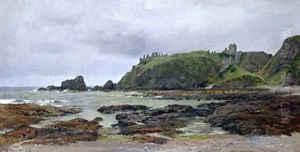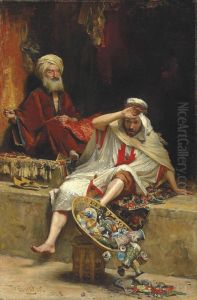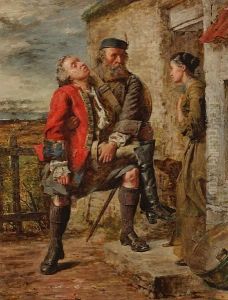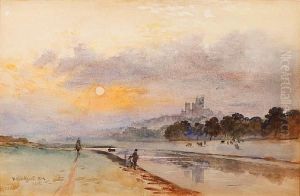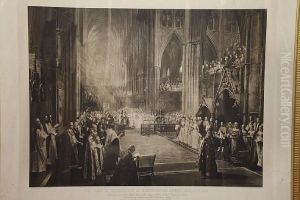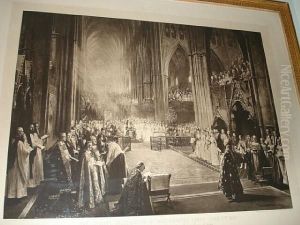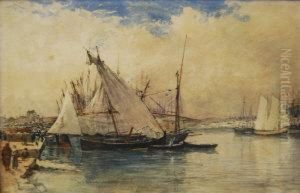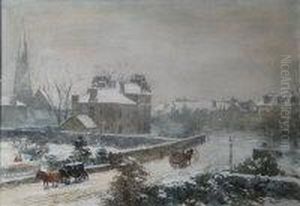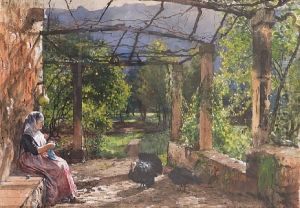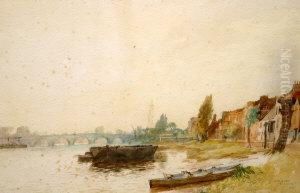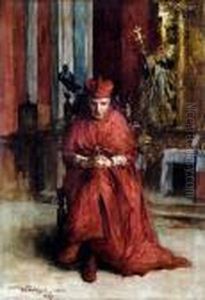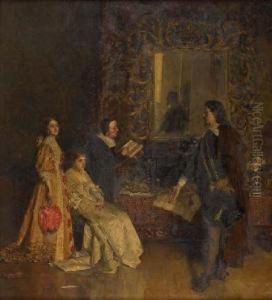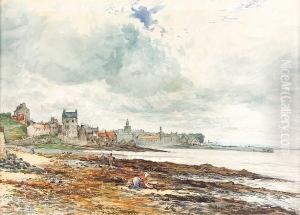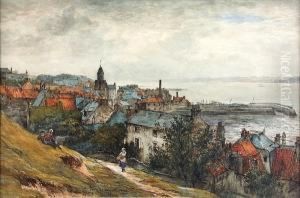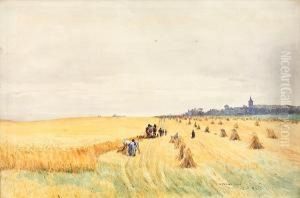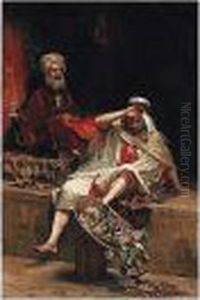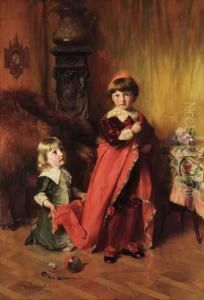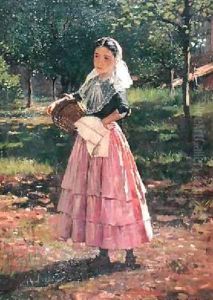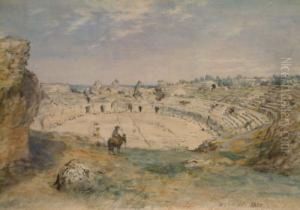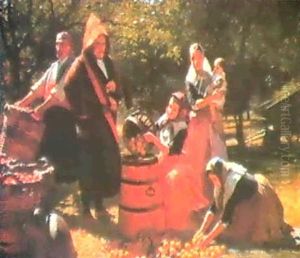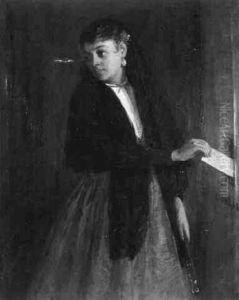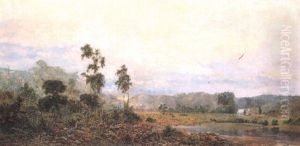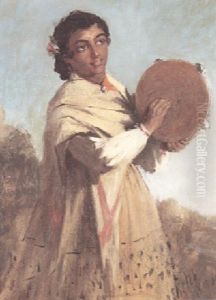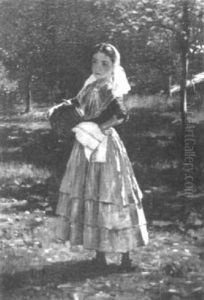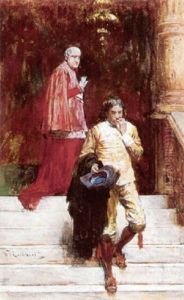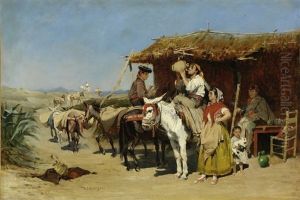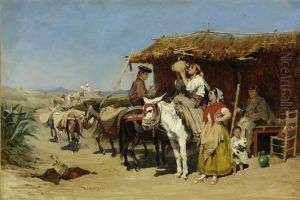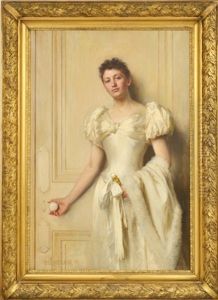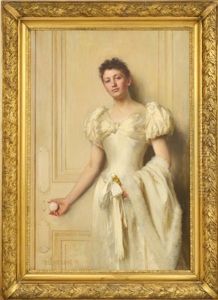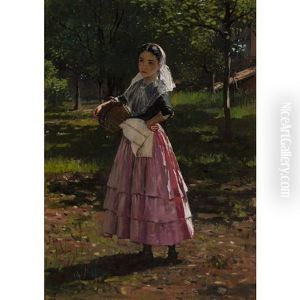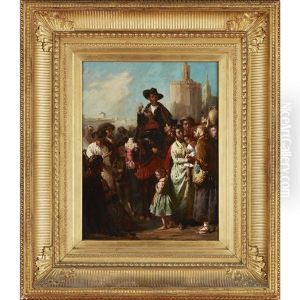William Ewart Lockhart Paintings
William Ewart Lockhart was a notable Scottish painter, born on January 18, 1846, in Eaglesham, Renfrewshire, Scotland. He developed a passion for art at an early age and pursued his artistic training at the Trustees' Academy in Edinburgh, where he was influenced by prominent Scottish artists of the time.
Lockhart's initial work reflected a strong influence of the Scottish tradition, particularly in his genre paintings, which often depicted everyday scenes of Scottish life with a focus on historical accuracy and attention to detail. He also painted portraits, and through these, he gained considerable recognition for his skill in capturing the character and essence of his subjects.
In 1878, Lockhart achieved significant acclaim for his painting 'The Roll Call of the Last Victims of the Terror,' which depicted the poignant moment before the execution of the victims of the French Revolution. This painting was exhibited at the Royal Academy in London and solidified his reputation as a talented historical painter.
Throughout his career, Lockhart traveled extensively, drawing inspiration from his experiences abroad. He visited Spain, where he was greatly influenced by the works of Diego Velázquez, whose style is evident in Lockhart's later works. Lockhart's travels also took him to North Africa and the Middle East, where he painted a number of orientalist scenes.
Lockhart's success was recognized with various honors, including his election to the Royal Scottish Academy in 1878 and his appointment as Royal Scottish Academician in 1882. His contributions to the art world were not limited to his paintings, as he also played a role in the Scottish art community's institutions.
William Ewart Lockhart's life was cut short when he died on February 9, 1900, at the age of 54. Despite his relatively brief career, his work remains an important part of Scottish art history, showcasing a blend of traditional Scottish themes and the influence of European art movements of his time.
